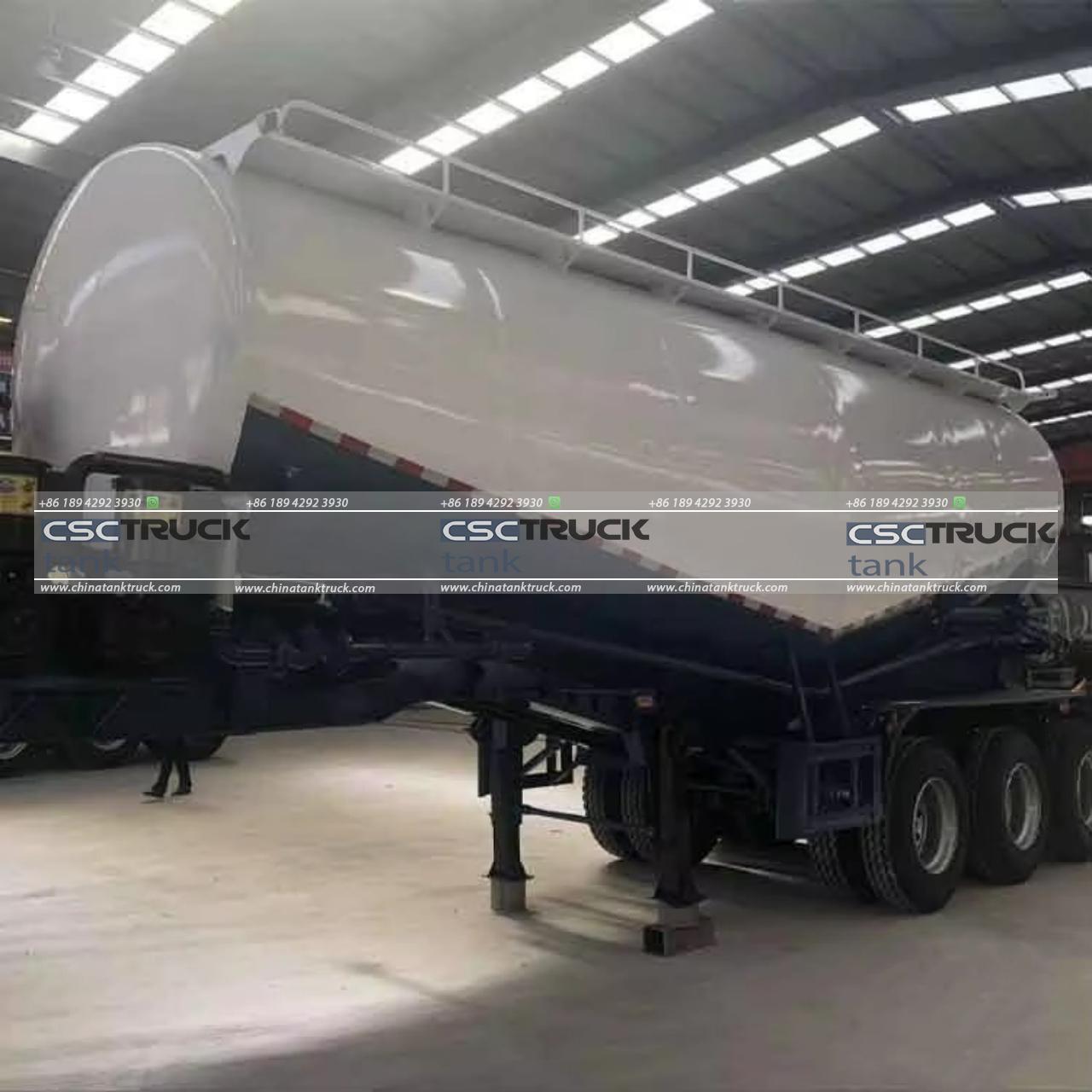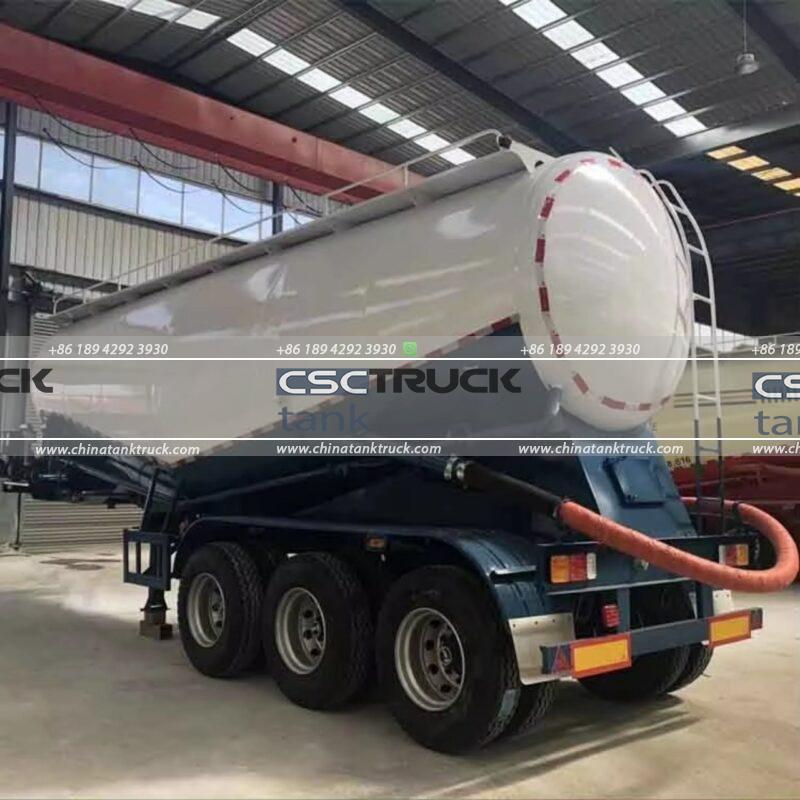How Does Pneumatic Transport Work?
Pneumatic transport is a technology used to move materials, typically powders, granules, or small solid particles, through a pipeline using compressed air or another gas. It plays a significant role in industries such as pharmaceuticals, food processing, and manufacturing, where the efficient and clean transportation of bulk materials is crucial. In essence, pneumatic transport systems replace the need for mechanical conveyance, such as belt conveyors or augers, with a more versatile and streamlined process.
This article explores how pneumatic transport works, the types of systems available, the essential components of a pneumatic system, the materials best suited for pneumatic conveying, and the advantages of using this method for material handling.
Basic Principle of Pneumatic Transport
At its core, pneumatic transport utilizes airflow to push or pull materials through a system of tubes or ducts. The flow of gas, typically air, creates enough force to overcome the friction and resistance of the material being moved, carrying it from one point to another. There are 2 primary driving forces in pneumatic conveying systems: **pressure differential** and **velocity**.
The air pressure differential between the start and end of the system enables the movement of materials, while the velocity of the gas flow helps to suspend and carry the particles. Depending on the application, these systems can be designed to operate under vacuum (negative pressure) or pressure (positive pressure).
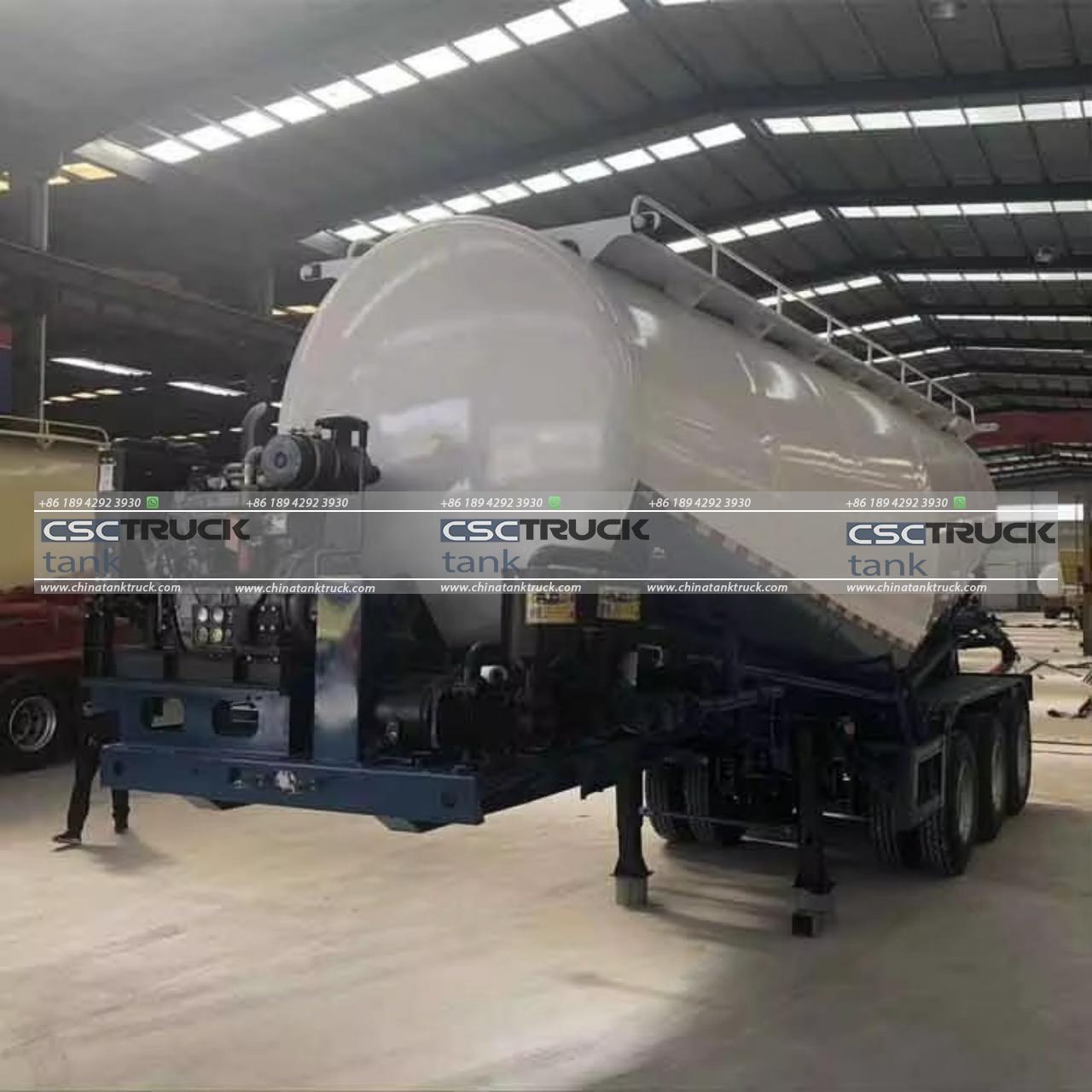
Types of Pneumatic Transport Systems
Pneumatic conveying systems are broadly classified into 2 types: **dilute phase** and **dense phase** systems. Both methods differ in how they transport materials and the type of material best suited for each.
1. Dilute Phase Conveying
Dilute phase conveying is the most common form of pneumatic transport and operates at high velocity. In this type of system, materials are suspended in the air as they travel through the pipeline. Due to the high velocity, particles do not settle or accumulate in the pipes; instead, they move continuously, with the air keeping them dispersed and fluid.
This system works well for materials that are light, non-abrasive, and non-fragile. Common materials include grain, plastic pellets, sugar, and flour. The high air velocity in dilute phase systems allows them to handle a large range of materials and transport over relatively long distances. However, the high speeds can lead to greater wear on the pipeline and equipment, particularly when dealing with abrasive materials.
2. Dense Phase Conveying
Dense phase conveying, as the name suggests, transports materials at a lower velocity and higher pressure. In this system, the material forms slugs or plugs, moving through the pipeline intermittently. Since materials move more slowly, dense phase systems are ideal for handling fragile, abrasive, or sticky materials.
Materials such as cement, sand, and certain chemicals are often transported using dense phase conveying because they require gentle handling. The low velocity reduces wear and tear on the conveying system and minimizes degradation of the material. Dense phase systems are highly efficient for short to medium distances, although they can be more costly and complex to install and operate.
Components of a Pneumatic Transport System
Several key components are essential for the proper functioning of pneumatic transport systems, each playing a critical role in ensuring the safe and efficient movement of materials.
1. Blower or Compressor
The blower or compressor is the heart of any pneumatic conveying system. It provides the necessary air or gas pressure to transport the material through the pipeline. In positive pressure systems, blowers push air into the pipeline, while in vacuum systems, compressors generate the suction needed to pull materials through. The size and type of blower or compressor depend on the material being transported, the distance, and the system’s required pressure and flow rate.
2. Feeder
The feeder is responsible for introducing the material into the airstream at the beginning of the pneumatic system. Common types of feeders include rotary valves, screw feeders, and airlocks, which regulate the flow of material to ensure that it enters the pipeline at the correct rate. The feeder plays a critical role in maintaining system efficiency by preventing overloading or underfeeding the system.
3. Pipeline
The pipeline is the conduit through which materials are transported. It must be designed to withstand the pressure of the system and the abrasiveness or stickiness of the material being moved. The size and length of the pipeline depend on the distance the material needs to travel, the type of material, and the desired velocity. For abrasive materials, the pipeline must be made of durable materials to prevent premature wear.
4. Receiver
At the end of the pneumatic conveying system, the receiver or separator collects the material from the airstream. It separates the material from the air using filters, cyclones, or baghouses, depending on the application. The air is then exhausted or recirculated, while the material is discharged for further processing or storage.
5. Control System
To ensure that the system operates efficiently, a control system is necessary. It monitors key parameters such as air pressure, flow rate, and material feed rate. Advanced control systems can automatically adjust these parameters in real time to optimize the conveying process and minimize energy consumption.
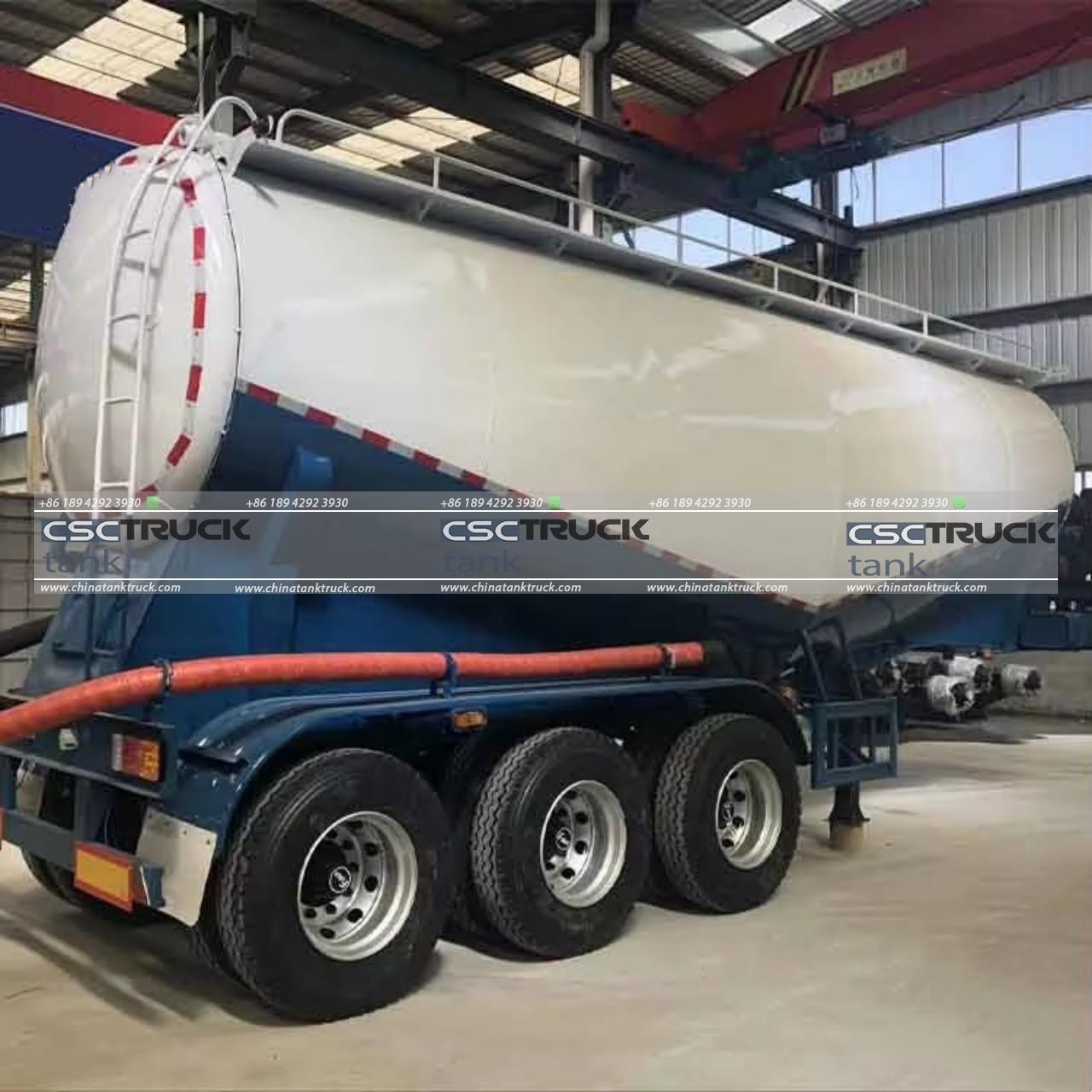
Materials Suited for Pneumatic Transport
Pneumatic transport is particularly suitable for materials that are light, dry, and flowable, although dense phase systems can handle materials with more challenging properties. Here are some examples of materials commonly transported using pneumatic systems:
– Powders: Flour, cement, sugar, and starch
– Granules: Plastic pellets, resin beads, grains
– Small solids: Salt, sand, metal chips
– Fragile materials: Tablets, coffee beans, delicate food products
Materials that are too large, heavy, or sticky may pose challenges for pneumatic transport. In such cases, dense phase systems can help overcome some limitations, but other conveyance methods may still be more practical.
Advantages of Pneumatic Transport
Pneumatic transport systems offer several advantages over traditional mechanical conveying methods, making them a popular choice in many industries.
1. Clean and Dust-Free: Pneumatic systems are enclosed, preventing dust from escaping into the environment. This makes them ideal for applications where cleanliness and air quality are important, such as in the food and pharmaceutical industries.
2. Flexible Layout: Pneumatic systems can be designed to fit into a wide range of layouts and environments, making them more flexible than mechanical conveyors that require more space.
3. Minimal Maintenance: Since pneumatic systems have fewer moving parts, they typically require less maintenance than mechanical conveying systems, which often suffer from wear and tear on belts, chains, and rollers.
4. Gentle Handling: Dense-phase pneumatic systems are ideal for handling fragile materials that would be damaged in mechanical conveying systems.
5. Energy Efficiency: Modern pneumatic systems, especially those with advanced control systems, are designed to optimize energy usage by regulating air pressure and material feed rates.
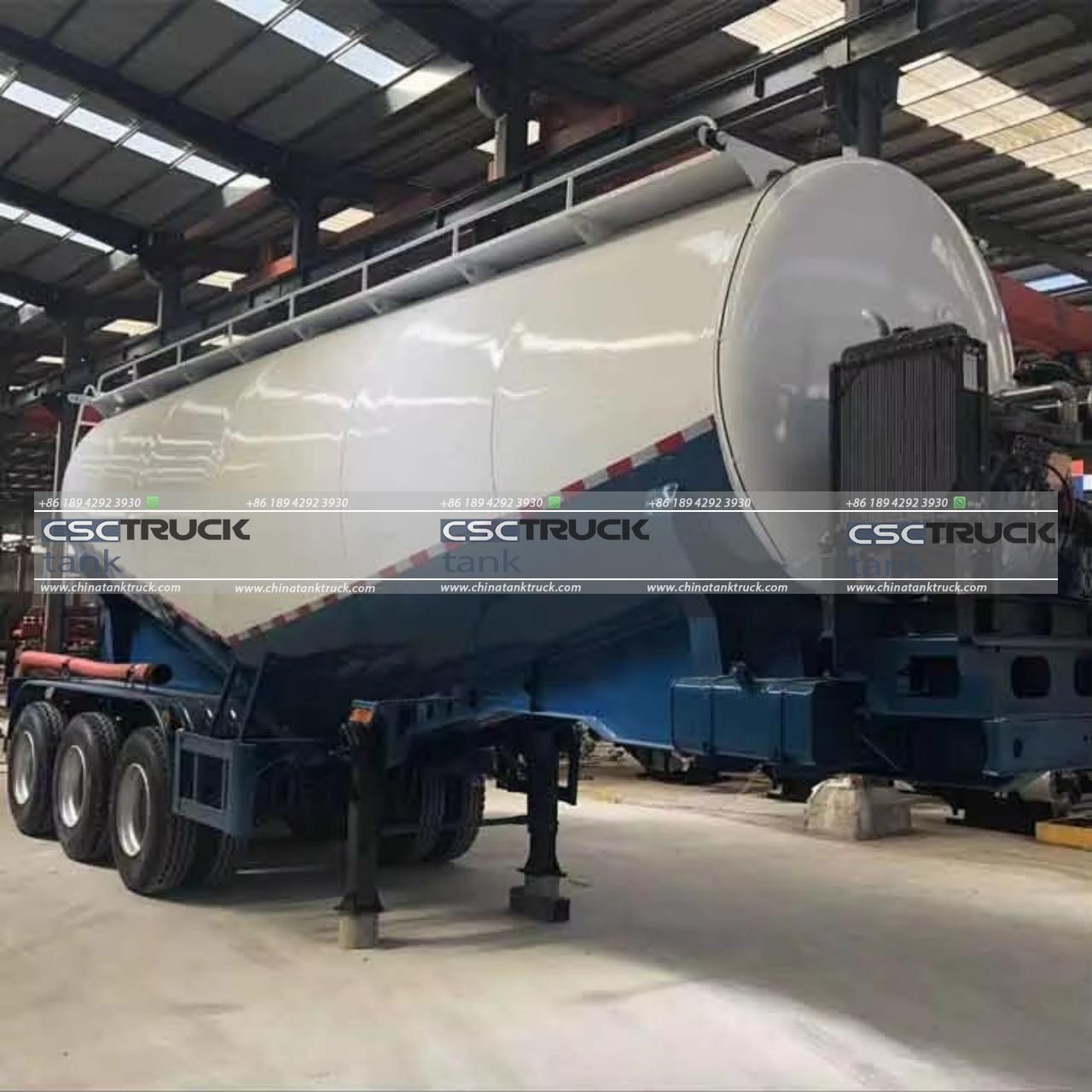
Challenges of Pneumatic Transport
While pneumatic transport offers many benefits, there are some challenges associated with it. For example, pneumatic systems can be less energy-efficient than mechanical systems for transporting very dense or heavy materials over long distances. Additionally, materials that are sticky or prone to clumping may clog pipelines or feeders, necessitating frequent cleaning or maintenance.
Conclusion
Pneumatic transport systems are a versatile, efficient solution for moving materials in a wide range of industries. By using compressed air or gas to transport materials through a system of pipes, they provide a clean, flexible, and gentle means of conveyance. Understanding the different types of pneumatic systems, their components, and the materials best suited for them can help industries optimize their material handling processes and improve overall efficiency. Whether it’s moving delicate pharmaceuticals or heavy industrial materials, pneumatic transport offers a solution tailored to modern industrial needs.
